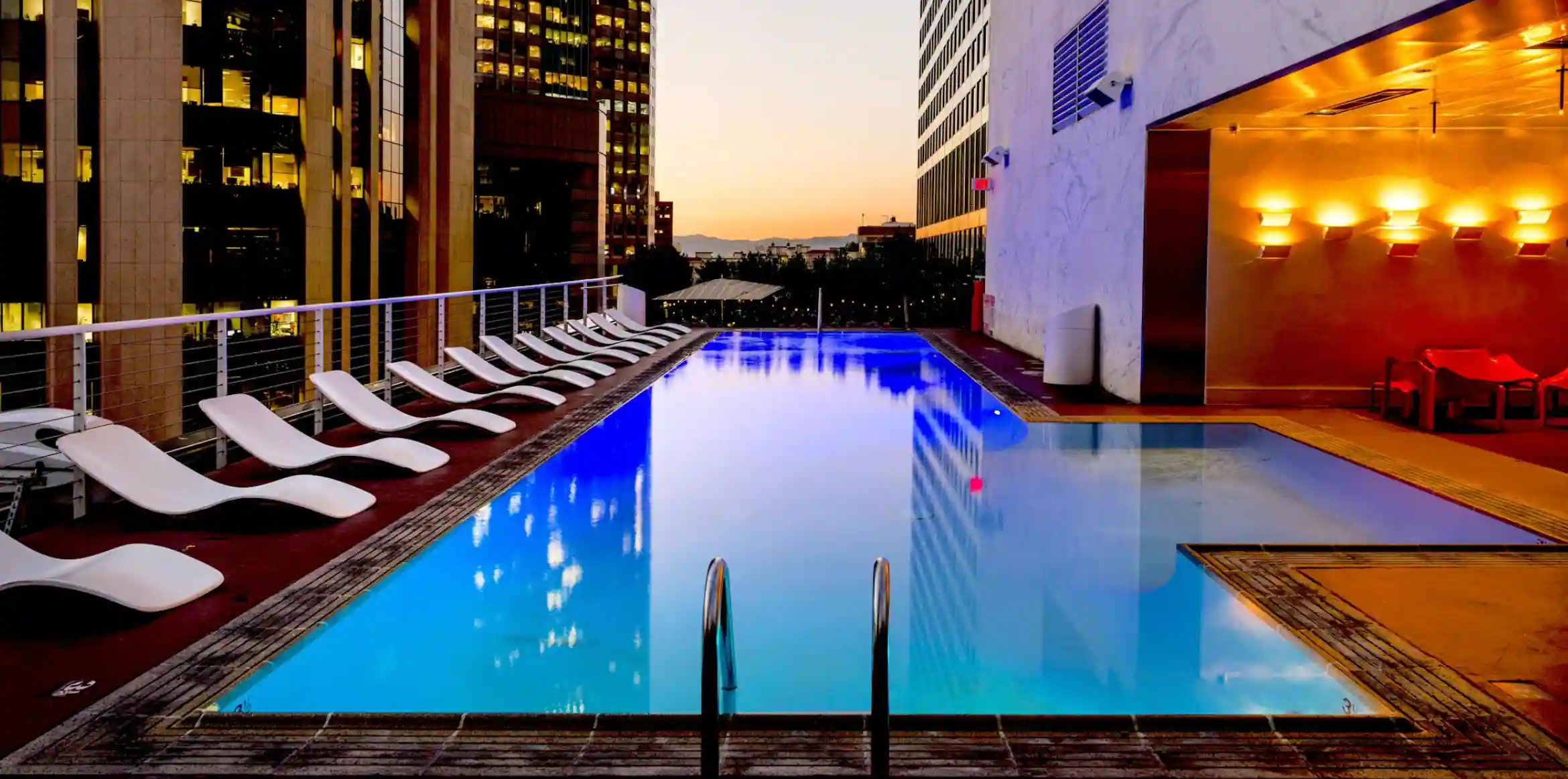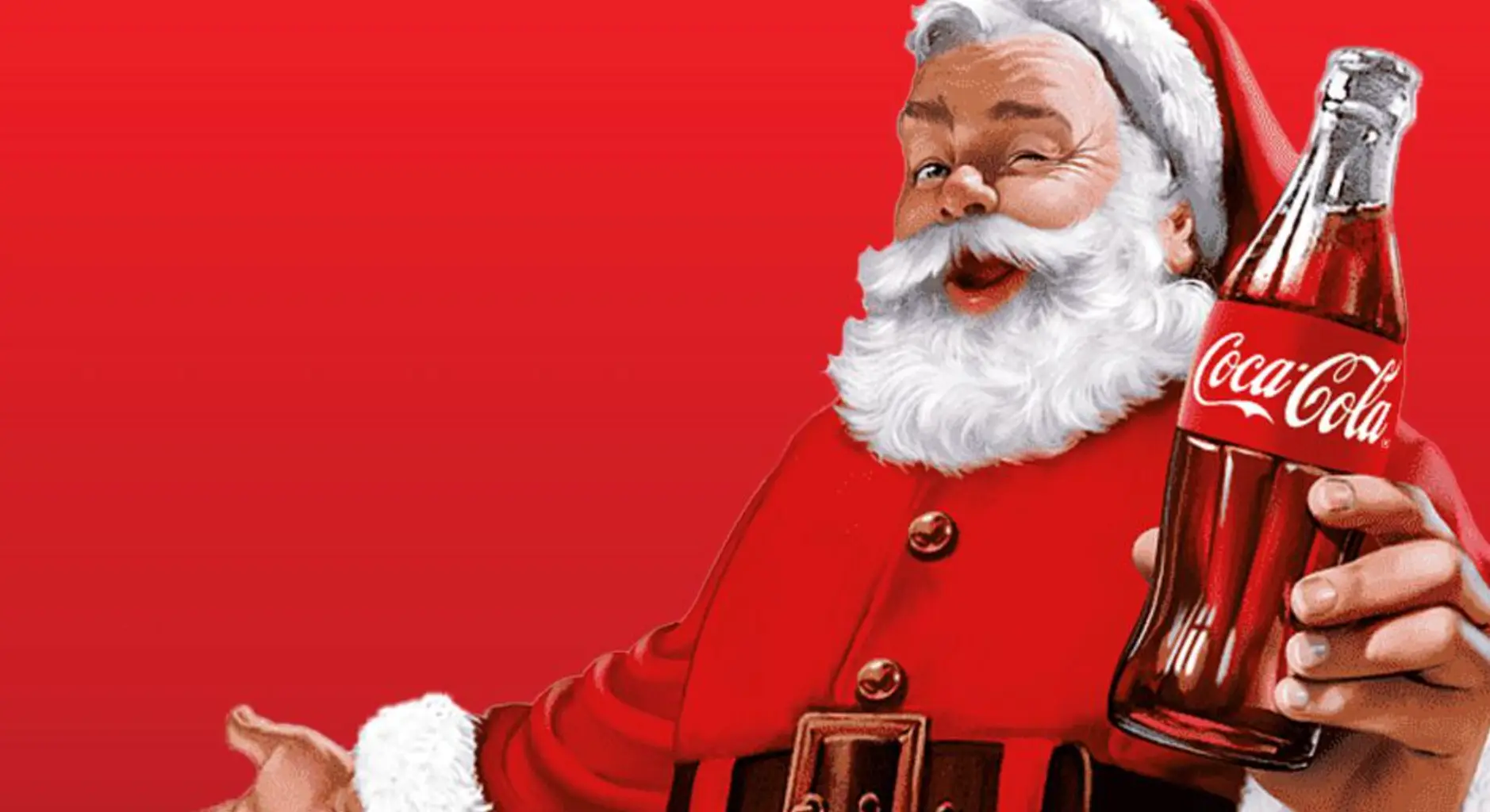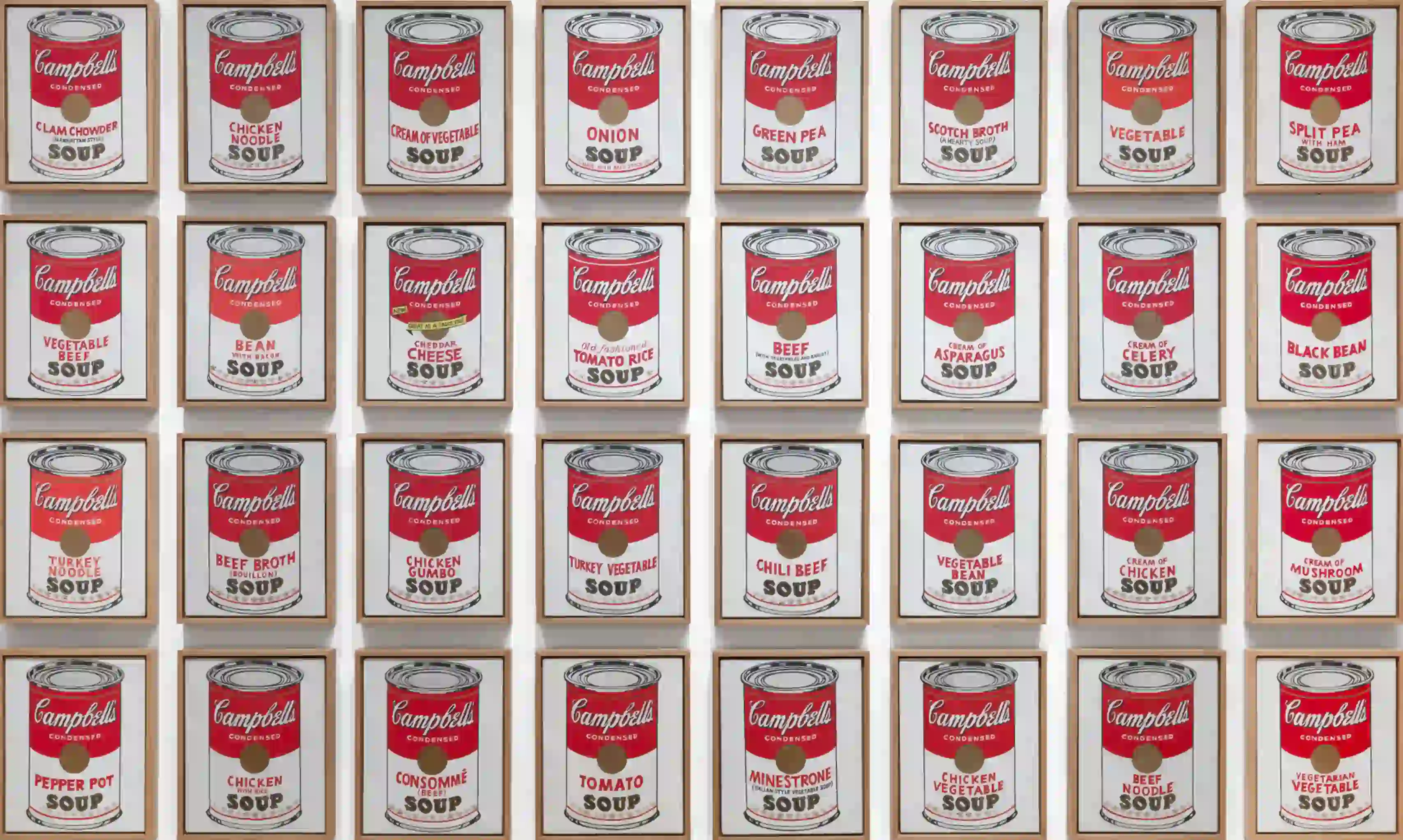Why Non Fashion Brands Create Merch: Wearing Food, Status, And The Beverage Drop Economy
Updated on
Published on
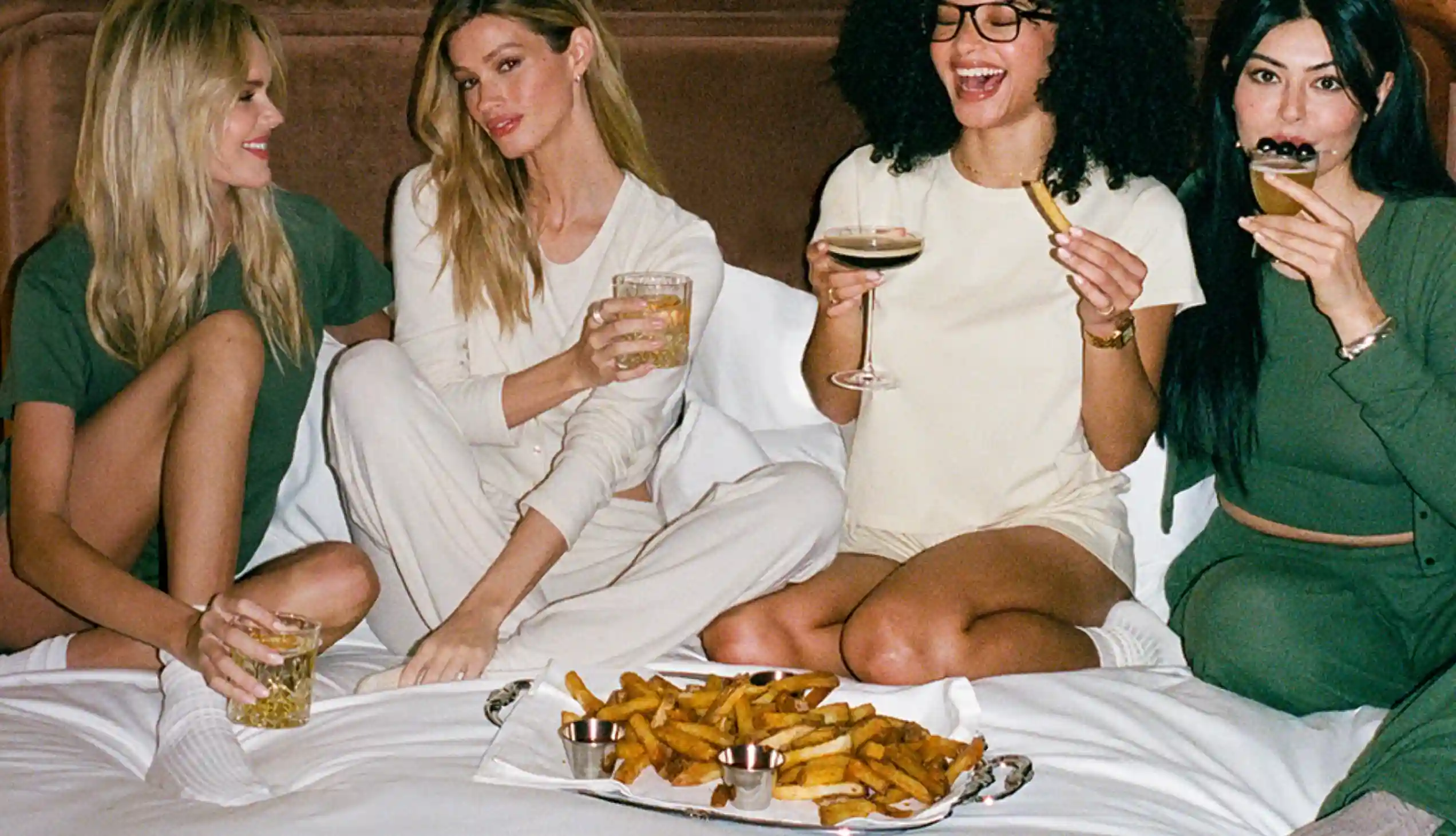
Think about how often you see someone wearing food. A Coca-Cola hoodie, a tote bag or t-shirt from Ralph’s Coffee, a cap with a snack logo they grew up with. Ten years ago, most of that would have felt like novelty. Now it looks normal, even cool. Non-fashion brand having merch is no longer a side project; it is part of the brand itself.
Limited drinkware drops sell out in minutes, fast food toys are styled like streetwear collectibles, and beverage brands fight to get their logos onto jerseys and hoodies. Underneath the hype there is a simple pattern: food as a status indicator has spilled out of the plate and into the closet, and people are happy to wear the things they love to eat and drink.
At a Glance
- Food and drink brands are building full apparel and accessory lines, from Coca-Cola’s dedicated clothing store to Pepsi’s capsule collections.
- Sociologists have long argued that food is a marker of class, taste, and identity, which helps explain why wearing food now works as a social signal too.
- Beverage merch, like Starbucks Bearista cups and Hello Kitty collaborations, behaves like fashion drops with queues, resellers, and viral buzz.
- Fast food collabs with streetwear labels show how non-fashion brand having merch can tap nostalgia, rarity, and youth culture at the same time.
- For marketers, the real value is not just selling hoodies, it is turning everyday purchases into fandom, self-expression, and long-term loyalty.
.webp)
From Product To Lifestyle: Why Non-Fashion Brands Lean Into Merch
For global names like Coca-Cola, Starbucks, or McDonald’s, selling a drink or a meal has never been just about calories. These companies spend decades turning simple products into lifestyle symbols, so letting fans wear those symbols is the next logical step. Coca-Cola runs a full official store with clothing, accessories, and collaborations that treat the logo like a fashion graphic, not just packaging. A non-fashion brand having merch is really a brand admitting that its customers do not just consume the product, they identify with it, and want to show that off in public.
- Merch turns brand assets like logos, slogans, and mascots into wearable shortcuts for nostalgia, taste, and belonging.
- Apparel and accessories extend brand visibility beyond shelves, screens, and billboards into schools, gyms, and offices.
- For companies with huge distribution, merch sales are a small revenue line but a powerful loyalty and awareness engine.
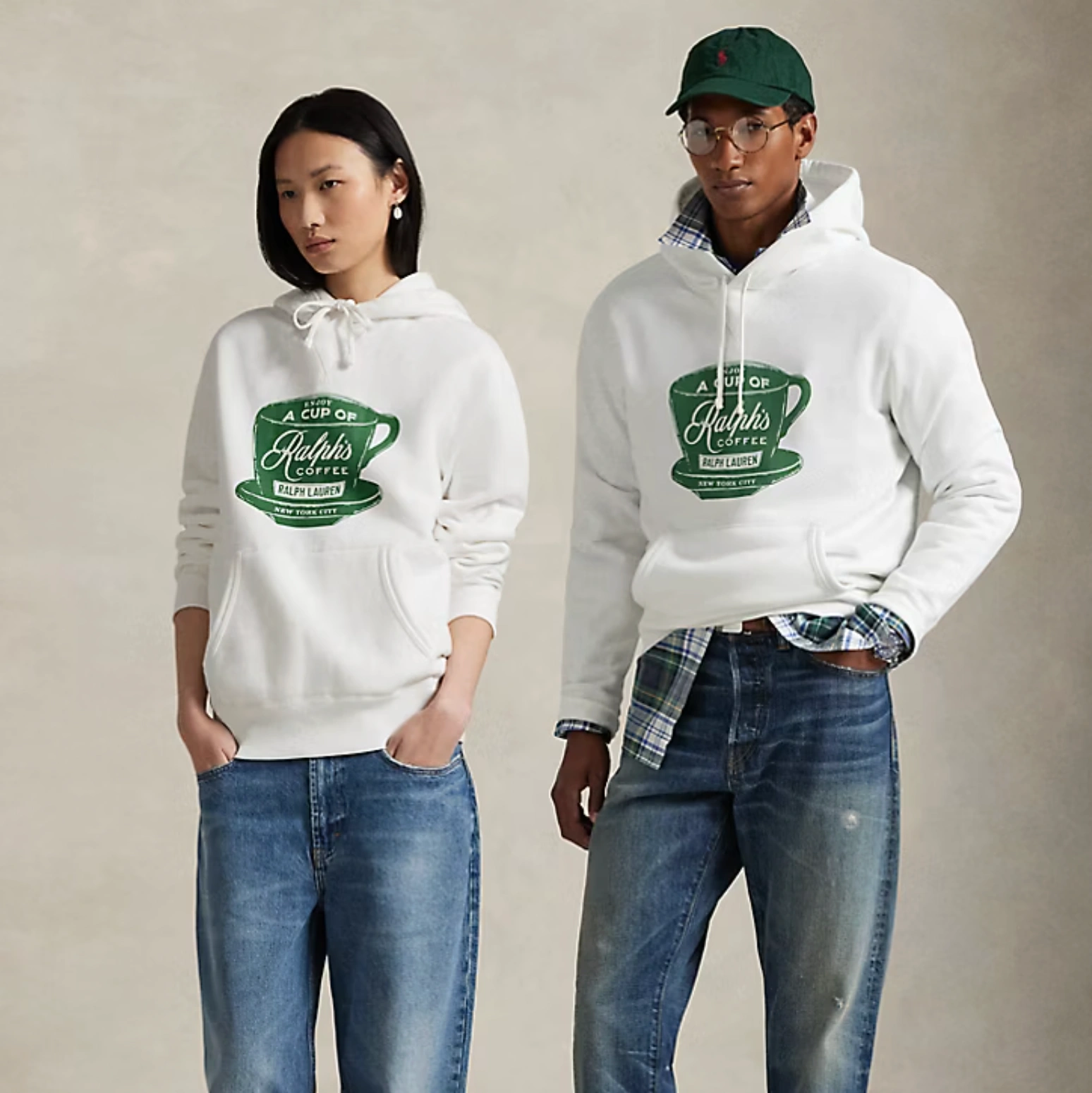
Why Beverage Brands Come Out With Merch
If you want to see this shift clearly, look at why beverage brands come out with merch so aggressively. Pepsi recently teamed up with Spanish label Pompeii on a football inspired capsule collection, with jerseys, windbreakers, and caps built around its refreshed visual identity. (Hypebeast). When you step back, the pattern is clear: selling drinks is highly competitive and often low margin, so turning your beverage into a wearable identity helps lock in customers even when they are not thirsty.
- Beverage brands use merch to tap into sports, music, and streetwear scenes where their target audience already looks for new style cues.
- Co branded collections let them borrow credibility from fashion and culture partners without building a clothing brand from scratch.
- Every hoodie, scarf, or jersey keeps the logo in circulation long after the last sip, which deepens habit and preference.

Food As A Status Indicator You Can Wear
Long before anyone thought about wearing food on a sweatshirt, sociologists were writing about food as a status indicator. Academic work on the sociology of food describes what and how we eat as a way of signalling class, values, and social group, not just satisfying hunger. (ResearchGate)
That is what people mean when they talk about food as a status indicator: it signals taste, values, budget, and sometimes even politics. Wearing food takes that quiet signalling and makes it explicit on hoodies, totes, and hats. A limited burger tee or a premium coffee fleece can telegraph “this is my lane” just as clearly as a band shirt.
- Prestige ingredients and premium chains already act as subtle class signals, so branded merch extends that language into clothing.
- For brands, leaning into food as a status indicator means designing merch that feels like culture, not just logo placement.
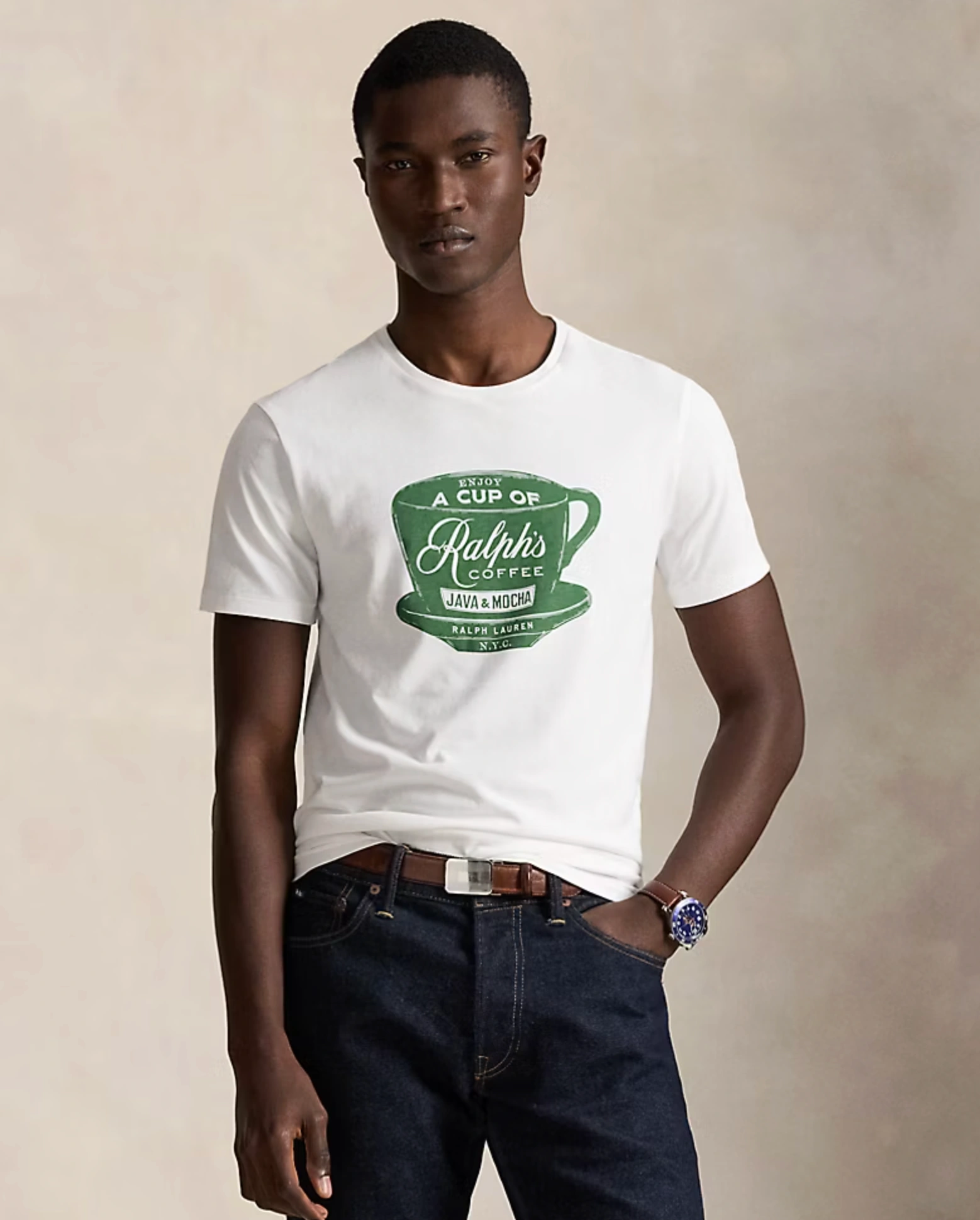
Wearing Food Like Streetwear
Once, wearing food meant cheesy clip art on a novelty shirt. Now it often looks like real streetwear. Modern collections borrow current silhouettes, colours, and styling, then layer food and beverage iconography on top. That shift from cheap promo to considered design is why non-fashion brand having merch can sit alongside sneakers, vintage tees, and designer pieces in the same outfit. Fans are not just tolerating logos, they are curating them.
- Cuts, fabrics, and fits mirror what people already want from fashion brands.
- Limited collections and capsules create the same buzz as sneaker or hoodie drops.
- Styled lookbooks and social posts show how wearing food can feel intentional, not ironic.
-1.webp)
Limited Drops, Scarcity, And The Cup Frenzy
Nothing shows the power of non-fashion merch like the drinkware craze. Starbucks seasonal cups and tumblers have become a full-blown collecting culture, with some items reselling for hundreds of dollars. (Forbes) A recent Bearista glass cold cup drop sparked long lines, accusations of employee hoarding, and resale listings north of a thousand dollars, all for a piece of holiday drinkware. (Forbes)
- Scarcity and countdown style launches tap into the same instincts as sneaker culture.
- Owning the latest cup or tumbler becomes a subtle in group signal.
- Even customers who do not collect still absorb the sense that the brand is culturally hot.
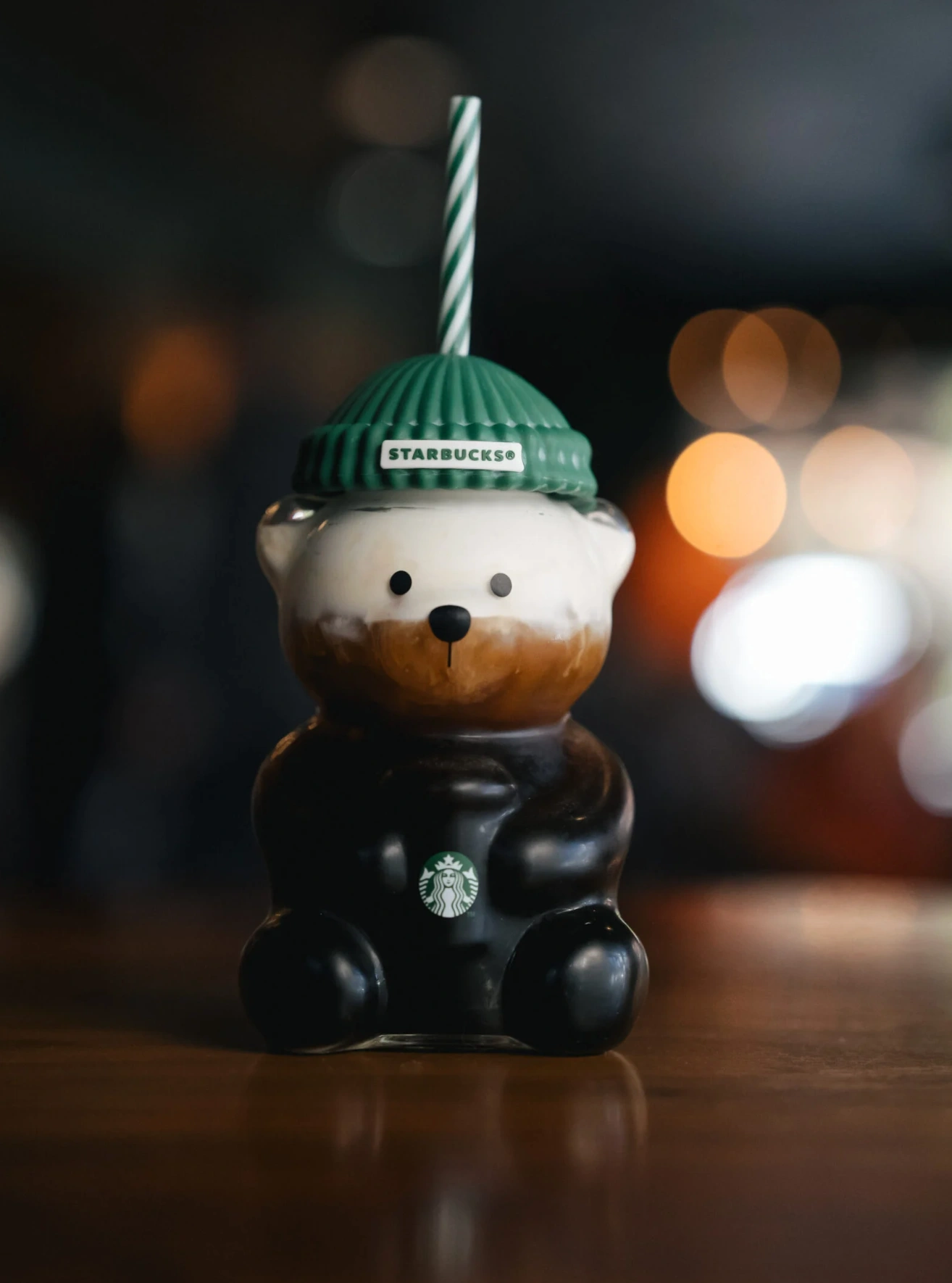
Fast Food Toys, Adult Happy Meals, And Nostalgia
Fast food chains have always played with toys, but recent moves show a new focus on adult collectors and fashion culture. McDonald’s collaboration with cult streetwear label Cactus Plant Flea Market turned Happy Meals into limited adult boxes with redesigned packaging and collectible figurines, marketed directly to millennials and Gen Z. (McDonald's Corporation) Coverage pointed out how the project reimagined Happy Meals as nostalgia objects and merch drops rather than just kids’ products.
- Nostalgic mascots and packaging become collectible design elements when paired with contemporary streetwear aesthetics.
- Adult-oriented toys and boxes invite older fans back into a childhood ritual, while still feeling aligned with grown-up taste.
- These collabs often come with social media challenges and unboxing content that extend the life of the campaign beyond the restaurant.
.webp)
What Merch Really Buys For Non-Fashion Brands
Merch is rarely the biggest revenue stream, but it quietly shapes everything around the core product. When people are comfortable wearing food or drink logos, it means the brand has moved into the realm of identity and community. Non-fashion brand having merch also creates new storylines: collection drops, collaborations, and restocks become events fans anticipate. Over time, that emotional connection is what keeps someone choosing the same coffee, soda, or snack even when dozens of alternatives are just as easy to grab.
- Every hoodie, tee, and cup deepens the bond between brand and everyday life.
- Merch moments give brands cultural relevance that feels earned, not just bought through ads.
- Strong, thoughtful merch helps turn casual customers into long-term fans who advocate on their own.
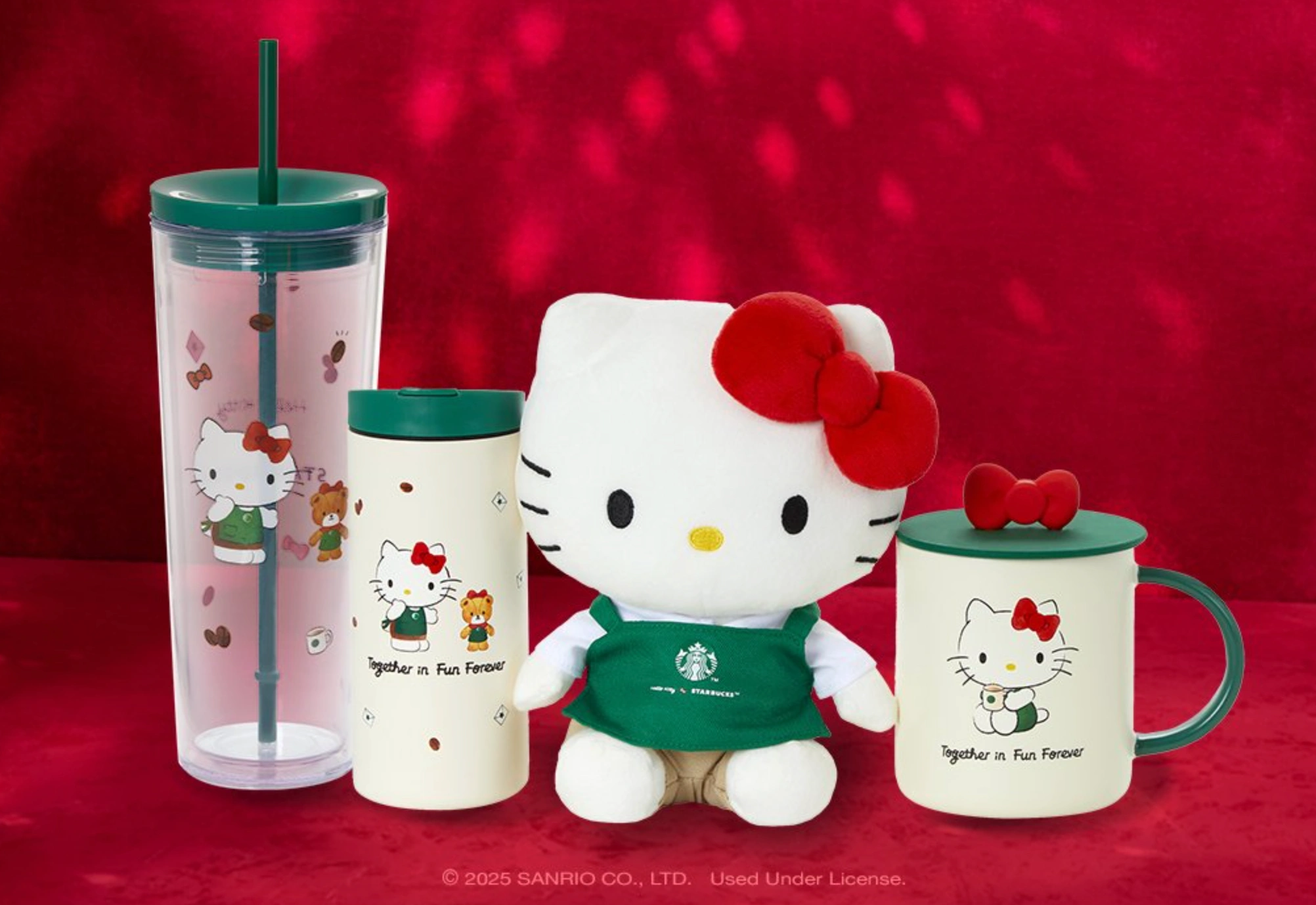
FAQ
Why do beverage brands come out with merch instead of just focusing on drinks?
Merch turns beverages into lifestyle symbols that fans can wear, collect, and show off long after they finish the product.
How is food as a status indicator connected to branded clothing and accessories?
If food already signals taste and class, then wearing food logos simply extends that signal into fashion and everyday self-expression.
Is wearing food really fashionable or just a passing novelty trend?
The scale of collabs, dedicated apparel stores, and resale markets suggests wearing food has moved firmly into mainstream style.
What does non-fashion brand having merch change for marketing teams?
It gives marketers a new way to build community, run drops, and earn organic visibility that traditional ads cannot match.
Should every non-fashion brand create merch now?
Only if the brand has a strong, loved identity and is willing to treat merch as real design and culture work, not just slapping a logo on cheap products.

